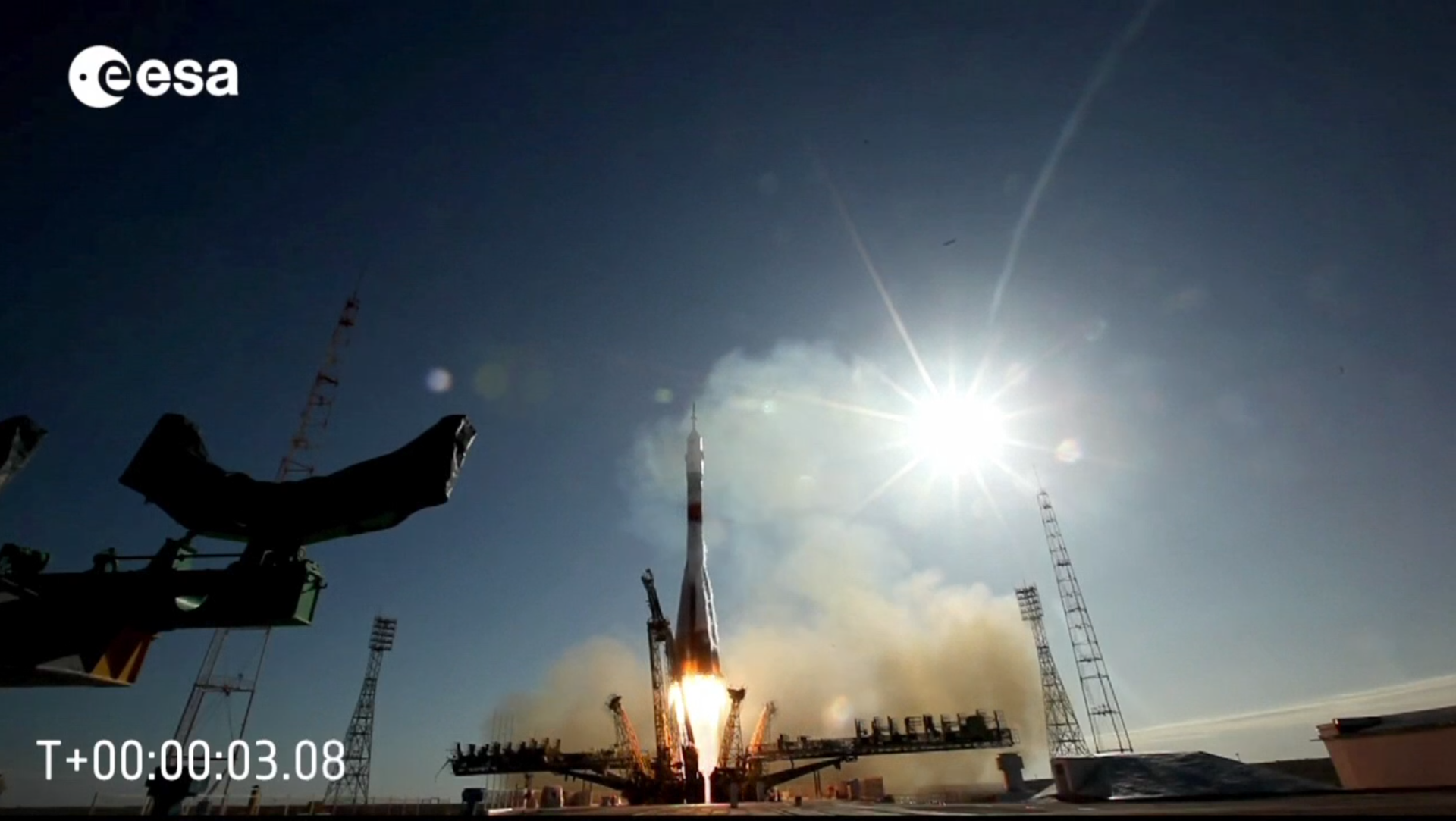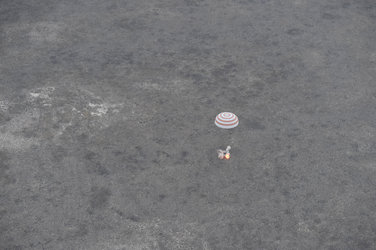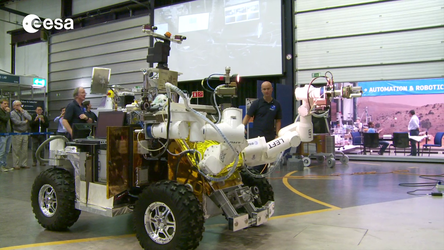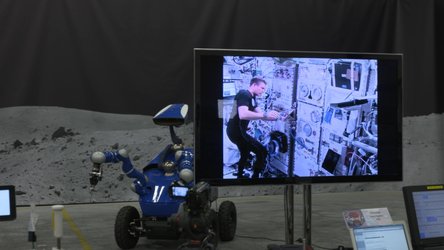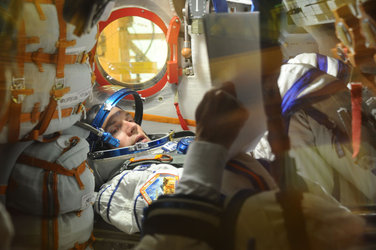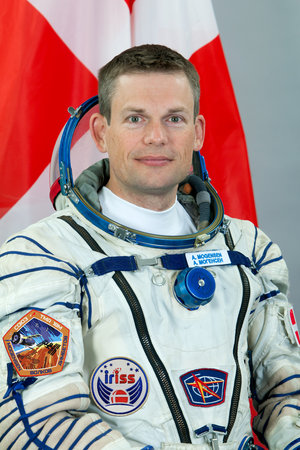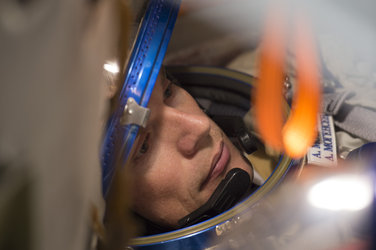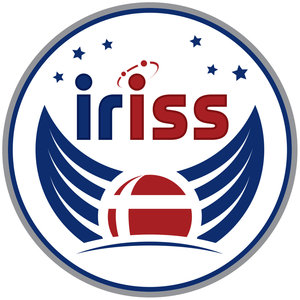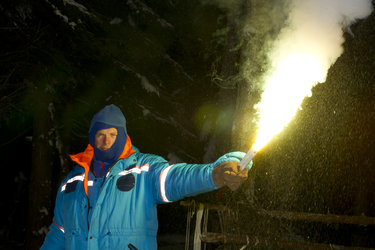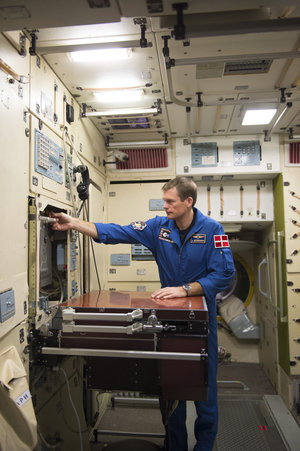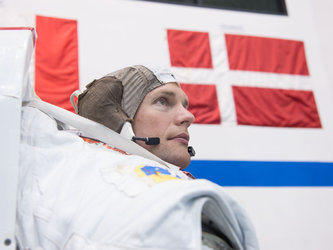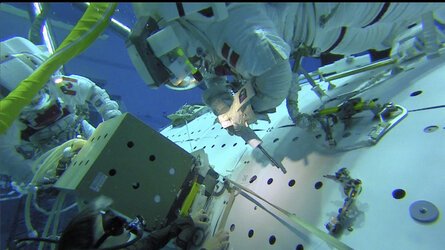Getting to space – and back
Easing from the grasp of Earth’s gravity is no easy feat. Humans dreamed of going to the stars for centuries, but it took until 1961 for Yuri Gagarin to become the first human to orbit our planet.
The Soyuz launcher delivers 26 million horse power to reach an orbital speed of 28 800 km/h.
Within 10 minutes of rising from the pad, ESA astronaut Andreas Mogensen, commander Sergei Volkov and Aidyn Aimbetov will have travelled over 1640 km and gained 210 km altitude. Every second for nine minutes, their spacecraft will have accelerated 50 km/h on average.

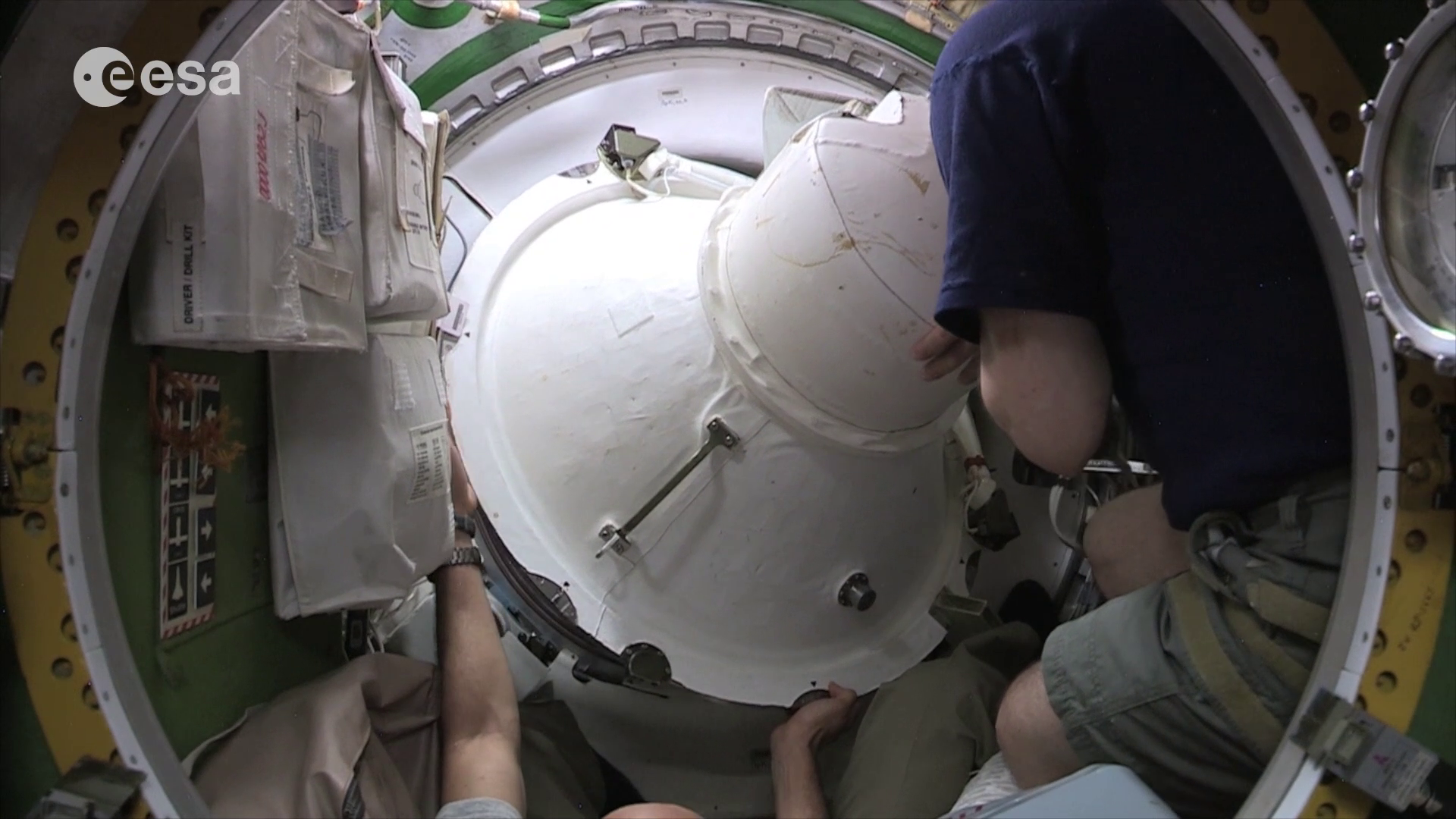
Access the video
Their spacecraft shares its name with the Soyuz launcher, which means ‘union’ in Russian. The ‘TMA’ in the designation stands for Transport Modified Anthropometric, meaning that the interior was redesigned to fit larger astronauts. Regardless of the upgrade, there is little breathing room. Astronauts wear Sokol suits that offer protection in an emergency. They are designed for the Soyuz sitting position, which is why astronauts look so hunched over as they walk to their rocket.
The last ‘M’ in Soyuz TMA-18M stands for Modernised because the vehicle was upgraded with digital control systems. It is the 18th Soyuz in this series to be launched into space.
Using a different numbering system, the flight is also designated as Soyuz 44S – the 44th crewed Soyuz launch to the International Space Station.
The flight to the International Space Station takes around six hours with a backup flight plan of two days.
The ferry back

Unusually Andreas will return to Earth flying in a different Soyuz under a different commander, Gennady Padalka but with Aidyn still to his right. Their return flight will last just three hours, braking from 28 800 km/h to zero after touchdown in the steppes of Kazakhstan.
After the astronauts climb into their return spacecraft designated Soyuz TMA-16M they will spend almost as much time making sure the hatch is securely closed and there are no leaks as they will falling back to Earth. Springs will push them away from the Station once the all clear is given. The engines will fire once they are far enough away to set them in a correct orbit.
Ninety minutes later a longer ‘deorbit burn’ will reduce their speed and set them on a collision course with Earth. The spacecraft will disintegrate into three pieces with only the module with the three astronauts surviving the extreme temperatures that build up from friction with the atmosphere at such high speeds. Parachutes, a blast of retro-rockets firing just before touchdown and suspension in the seats minimises the shock of impact, but the voyage home is bumpy and intense nevertheless.


Access the video














 Germany
Germany
 Austria
Austria
 Belgium
Belgium
 Denmark
Denmark
 Spain
Spain
 Estonia
Estonia
 Finland
Finland
 France
France
 Greece
Greece
 Hungary
Hungary
 Ireland
Ireland
 Italy
Italy
 Luxembourg
Luxembourg
 Norway
Norway
 The Netherlands
The Netherlands
 Poland
Poland
 Portugal
Portugal
 Czechia
Czechia
 Romania
Romania
 United Kingdom
United Kingdom
 Slovenia
Slovenia
 Sweden
Sweden
 Switzerland
Switzerland

























